Html Tutorial
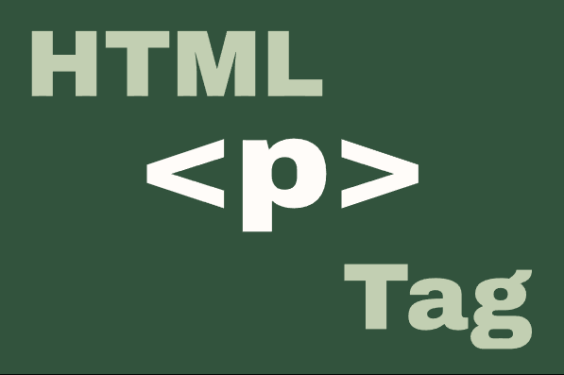
HTML <p> Element
The <p> element is one of the most fundamental and frequently used HTML elements. It represents a paragraph of tex...
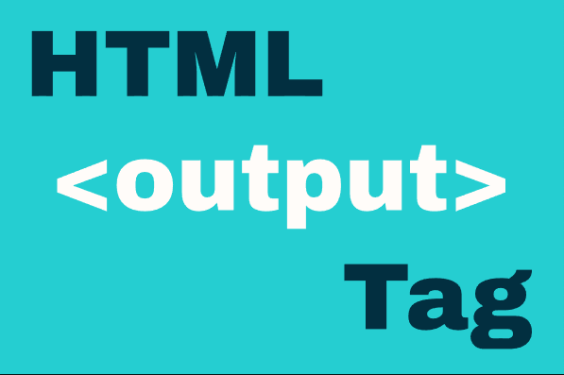
HTML <output> Element
The <output> element represents the result of a calculation or user action. It's typically used to display results...
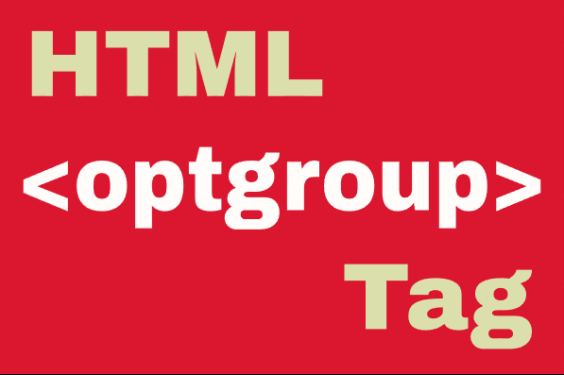
HTML <optgroup> Element
The <optgroup> HTML element creates a grouping of options within a <select> dropdown menu. It provides a way...

HTML <ol> Element
The <ol> HTML element represents an ordered list of items, typically rendered as a numbered list. Ordered lists ar...
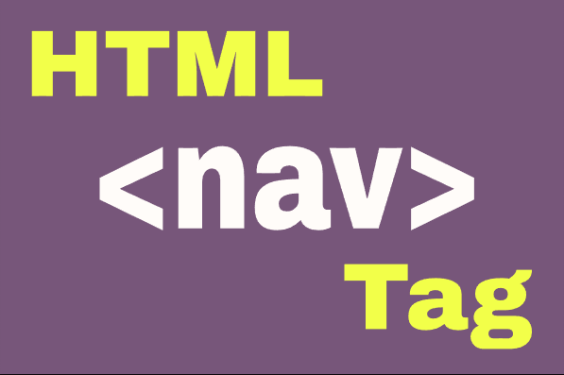
HTML <nav> Element
The <nav> Element: Navigation for Your Website The HTML <nav> element represents a section of a page whose p...
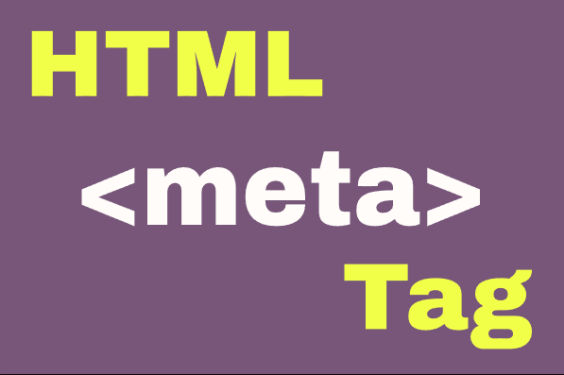
HTML <meta> Element
The <meta> tag is a crucial HTML element that provides metadata about an HTML document. Metadata is information ab...
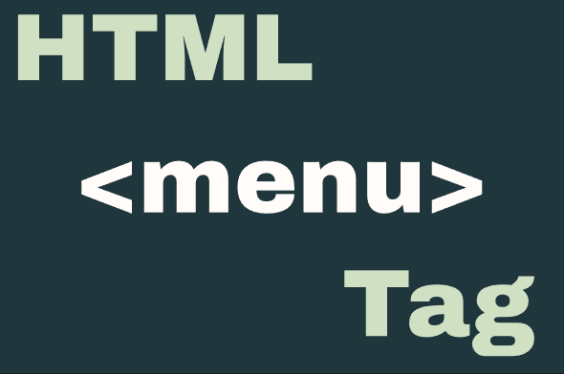
HTML <menu> Element
The <menu> element represents a group of commands that a user can perform or activate. While similar to unordered ...
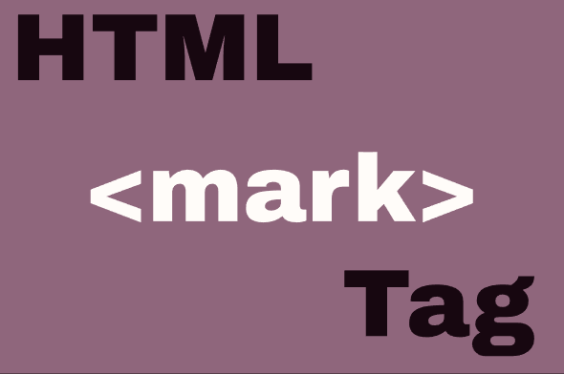
HTML <mark> Element
The <mark> element represents text that should be marked or highlighted for reference purposes, typically due to i...
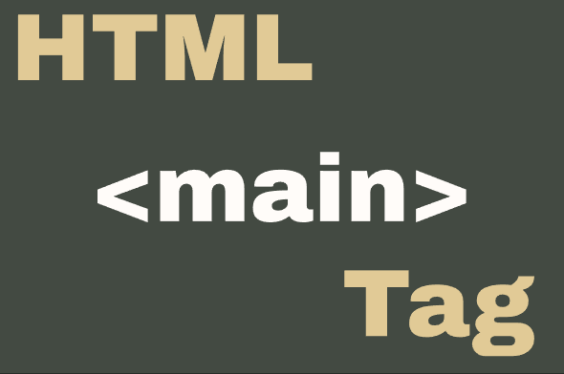
HTML <main> Element
The HTML <main> Element The <main> element represents the dominant content of the <body> of a document...
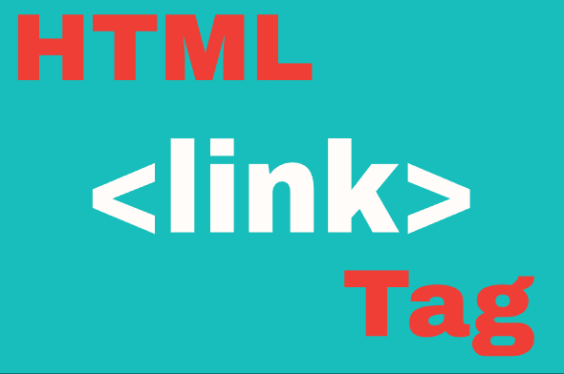
HTML <link> Element
The <link> HTML element specifies relationships between the current document and external resources. This element ...
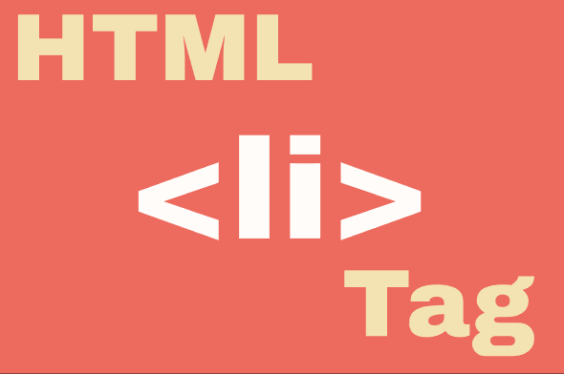
HTML <li> Element
The <li> (List Item) element is used to represent an item in a list. It must be contained within a parent element:...
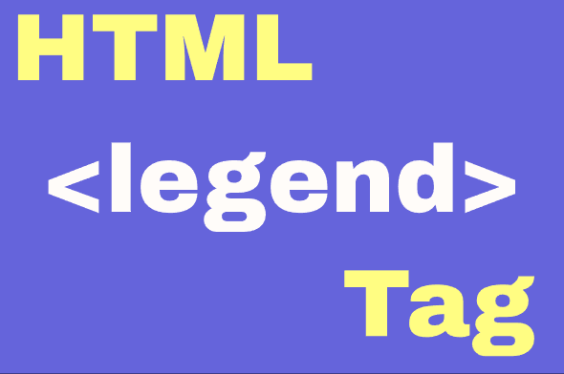
HTML <legend> Element
The <legend> element is used to provide a caption or title for a <fieldset> element, which groups related...